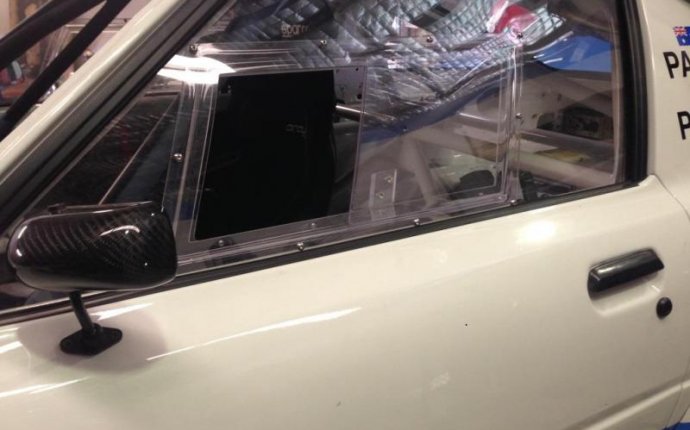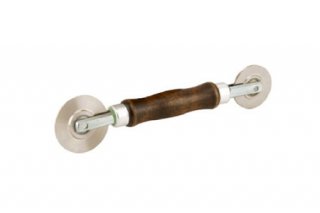
Windows Screen Frame Kit
Use the point of a utility knife, awl or nail to pry out one end of the spline that holds the screen into the channels in the sash. Grasp the end and pull slowly to remove it, and then pull out the old screening (if you are replacing). If the spline is in good condition (soft and flexible, not dry and cracked), you may reuse it. However, it is better to replace the spline since it tends to stretch as it is removed and may not fit as tightly as it should if it is reused.
Helpful Tip
Bring a sample of the old spline (or better, the screen frame itself) with you when you go to True Value to purchase your materials. Spline diameters vary, and sizing is critical for proper installation.
Choose a screen material and frame size that matches the type (aluminum or fiberglass) and color of your existing screen and frame. Although you may be able to buy screening by the foot, you may save money in the long run by buying a roll. It’s also not at all unusual for a beginner to accidentally tear the new screen during installation, so having a roll may save another trip to the store; and you’ll have some on hand for future repairs. Just make sure the roll that you buy is wide enough for all the windows, not just the one you happen to be working on now.
Lay the new screening over the sash so it overlaps all sides at least 1". Cut the screening with shears, or lay it over a piece of scrap lumber and cut through it with a sharp utility knife.

If you are repairing more than one screen and one is larger than another, do the large one first. Then if you accidentally cut the screen when rolling it into place, you can roll out some new material for a second try, and save the damaged piece for the smaller screen.
If you are using aluminum screening, roll the screen into the channel on one side of the sash using the convex wheel of your screen roller/installation tool. Place the palm of your hand in the center of the screen to keep it from shifting. Roll lightly at first, and then more firmly to press in the screen in stages; otherwise, you may cut it. Complete one side at a time and then roll in the spline by pressing it over the screen and into the channel beginning about 1" from one corner. Then use the concave side of the roller to press completely into the channel. Roll lightly at first to press the spline into the channel gradually. Rolling too hard tends to stretch the spline and increases the risk of having the roller slip off of the spline and cut the new screening. If you are using fiberglass screening, simultaneously roll the screen and spline into the channel in this step.
Make sure the horizontal and vertical pattern of the screening correctly aligns with the frame.
As you near each corner with the spline, use shears or a utility knife to make a diagonal relief cut from the outside corner of the overlapping screening toward the inside corner of the sash. This is one place where “cutting corners” is wise. It prevents the screen (especially aluminum) from bunching up in the corner as you press it in place.
The roller can’t quite roll all the way into a corner, so use the tip of a standard screwdriver to press in the spline at the corners.
Repeat the process, working your way around the screen frame. Hold the opposite side of the screen somewhat taut, but not so tight that you cut the screening while rolling it in place or that you distort the frame.
Use a utility knife to cut off the excess screening when the rolling is complete. To avoid accidentally cutting into the new screen, angle the blade outward and move slowly and steadily. Hold the frame securely with your second hand but keep it a safe distance away from the cutting.









